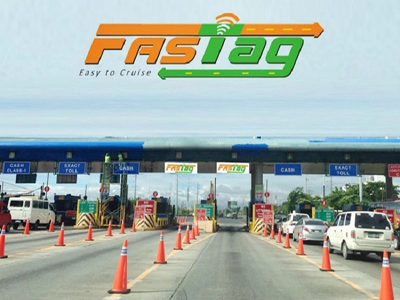If India were to unleash its full nuclear arsenal in an open war against Pakistan, the consequences would be nothing short of apocalyptic for Pakistan, the entire region, and possibly the world.
In the next round, God forbid, as Indian missiles tear through the night sky, air raid sirens in Pakistan’s major cities—Islamabad, Lahore, Karachi—will wail ineffectively. Within minutes, nuclear warheads will rain down on their targets: military bases, airfields, command centres, and densely populated cities. Mushroom clouds will rise on the horizon, blotting out the sun. In Lahore and Rawalpindi, firestorms will engulf entire neighbourhoods.
Read in Hindi: पाकिस्तान करे अमन की पहल वरना हूरों का पड़ जाएगा टोटा…!
At ground zero, temperatures will reach thousands of degrees, reducing people and buildings to ash in an instant. Those in outlying areas will suffer third-degree burns and radiation sickness. Shockwaves will devastate everything for kilometres.
Communication networks will collapse, and Pakistan’s command and control systems will falter. Emergency services will either be destroyed or severely crippled. Within hours, radioactive fallout will spread, carried by winds across Punjab, Sindh, and beyond. Black rain will poison water sources. Agricultural lands will become irradiated—crops will rot in toxic soil. Within days, thousands more will die from acute radiation sickness. The living will envy the dead.
Hordes of refugees will surge toward Iran, Afghanistan, and India’s borders, only to be met by fences and soldiers. The global community will be paralysed. Aid will be minimal, hampered by radiation, infrastructure collapse, and ongoing geopolitical fears.
The disputed region of the Indian subcontinent, once teeming with life, will become a graveyard. A nuclear exchange will release massive amounts of soot into the atmosphere, triggering a ‘nuclear winter’. Global temperatures will plummet, monsoons will fail, and agriculture worldwide will suffer. Even distant nations will feel the economic and climatic shocks.
Under the shadow of Operation Sindoor, the spectre of nuclear war looms over the western border regions, home to tens of millions. The recent escalation between India and Pakistan, fueled by decades of mistrust and violence, is hurtling toward unimaginable destruction. Scientific models paint a grim picture: a full-scale nuclear exchange could kill 50–125 million people within hours, with firestorms and radiation erasing cities. Worse still, a nuclear winter could plunge the world into famine.
This is not exaggeration—it is a harrowing calculation of devastation. Pakistan stands at a crossroads. The path of war is a suicidal leap into darkness, but the path to peace, though narrow, remains open. It demands restraint, wisdom, and an unwavering commitment to dialogue from Pakistan. The world’s peace advocates must unite to avert this catastrophic fate.
Pakistan’s policy of supporting terrorism as a state weapon has long fueled tensions. Proxy wars and cross-border attacks have deepened mistrust, pushing both nations closer to the abyss. India’s growing frustration, coupled with its military buildup, could lead to a retaliation neither side can control. A single misstep could ignite the spark.
Terrorism perpetuates the cycle of violence, and abandoning it is a prerequisite for peace. Let it be clear: India did not start this conflict. With remarkable restraint and patience, it has endured Pakistan’s provocations for years. Now, Pakistan must take the initiative for peace, or a ‘shortage of houris’ will be inevitable.
Pakistan’s rulers must choose restraint over haste, wisdom over madness, and peace over destruction. International bodies must hold Pakistan accountable while supporting both nations in building trust. The clock has not yet struck midnight. Let us choose a future where our children inherit hope, not ashes.


















Related Items
Bangladesh’s Radicals vs India’s Liberals, A dangerous imbalance…
Why Indian migrants don't flex their might…!
How adulteration is slowly killing India…!